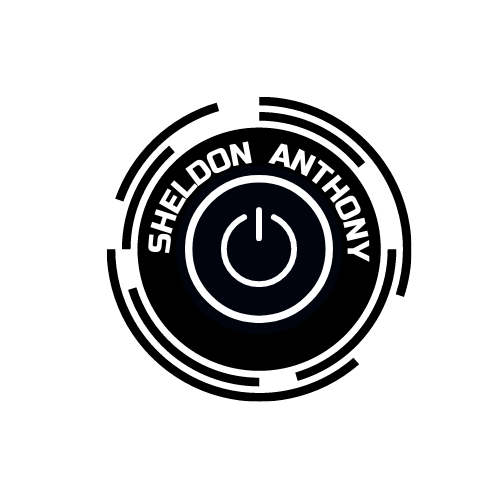
Maybe you’ve built something great, something that solves a problem, that delivers real value. But when it comes to getting paid, or paying your global suppliers, you’re stuck in the 1970s. You know the players. Visa. Mastercard. They built an empire on plastic and a simple premise: convenience at a cost. They connected the world, but they did it with a velvet rope and a hefty toll, especially when that value needs to leap across borders. Days for settlement. Fees that feel like a tax on your success. Opaque, complex, and frankly, slow.
You live in an age of instant communication—a tweet travels around the world in a second—but your money still moves at the speed of bureaucracy. The current system is built on intermediaries. A chain of banks, all acting as gatekeepers, all taking a slice. It’s a game of Nostro and Vostro accounts, pre-funding, and FX volatility that you, the entrepreneur, end up paying for. It’s an "efficiency tax" that stifles growth, crushes margins, and puts a drag on your entire cash flow. We have reached a point where the tools of yesterday are actively holding back the vision of tomorrow. That is unacceptable.
Tranglo, a major cross-border payment hub based in Southeast Asia, provides a clear example of a Payment Service Provider (PSP) using XRP to improve its B2B treasury operations across a large region.As a global PSP, Tranglo facilitates millions of transactions across more than 70 countries. They face the constant challenge of maintaining optimal liquidity in numerous currencies and managing the unpredictable costs and delays of traditional correspondent banking. Tranglo integrated with RippleNet and began utilizing the ODL solution across its key payment corridors, especially those linking to Malaysia, Indonesia, and the Philippines. By using XRP for settlement, Tranglo was able to offer faster and more cost-efficient services to its partners (like SBI Remit). They specifically noted that ODL allowed them to minimize their need for pre-funded capital, thereby reducing operational costs and boosting efficiency across their vast network of payment endpoints. The shift to ODL enabled their network to operate 24/7 with near-instant settlement finality. [1]
Forget the hype, forget the noise. Look at the architecture. This isn’t about a coin you hold in your digital wallet. This is about a utility—a digital asset built from the ground up to solve this single, massive problem: cross-border payment friction. XRP is the antithesis of the old system. It acts as a bridge currency on the XRP Ledger, a decentralized system designed to execute a transfer and settlement in 3 to 5 seconds, for fractions of a penny. The average cost to execute a standard transaction on the XRP Ledger is remarkably low, approximately $0.0002 USD, making it feasible for low-value micropayments. [2] It doesn’t need a chain of banks. It doesn't need to pre-fund accounts in every currency. It creates On-Demand Liquidity (ODL), turning a slow, capital-intensive process into a fast, capital-light one. This is the creative destruction we need. It’s a direct, fundamental challenge to the high-margin cross-border business of the traditional networks. The threat is not the technology itself, but the obsolescence of their current, costly model. The market isn’t waiting for permission. The ground is moving under the giants' feet. It's real-time everything. Global payment rails like SWIFT gpi and national Real-Time Payments (RTP) are an admission that "days" for settlement is a failure. But they are still patches on an old network. Stablecoins like USDC processed trillions last year. They’re a new, efficient payment layer that often outpaces the combined transaction volume of the card networks. This shows where volume is moving: onto open, 24/7 blockchain rails. Visa and Mastercard are smart. They see the smoke. They aren't ignoring crypto; they're pivoting. They are integrating stablecoin-linked cards, exploring their own blockchain solutions, and even looking at Central Bank Digital Currencies (CBDCs). Their strategy is clear: If you can't beat the rail, become the on/off-ramp. They want to use their immense network of merchants to bring your crypto money back into their sphere of influence. They are trying to wrap their old system around the new technology.
It isn't just about cheaper payments. That’s a given. It's about a creative freedom unleashed by a perfect, transparent financial architecture. You pay an overseas supplier in seconds. Your overseas client pays you in an instant. No waiting on the settlement. Your working capital is always working. Exchange rate costs are transparent, minimal, and settled in real-time, eliminating the risk of moving your money across volatile markets. Your business can enter any market without the enormous cost of setting up local banking infrastructure. The world becomes a single economic zone. The power of XRP is not just in the software; it’s in the philosophy. It’s about tearing down the walls and democratizing access to the kind of global financial infrastructure that, until now, only the Goliaths of the world could afford. The existing players will adapt; they must. But they have to shed the skin of their old, expensive habits. And in the meantime, a new system, designed for speed, cost, and finality, is already here. It’s ready to make your global business as nimble as your idea was on day one. The future of money is digital, instant, and borderless. Are you going to keep paying the old toll, or are you going to use the new bridge? The choice is yours.





No comments:
Post a Comment